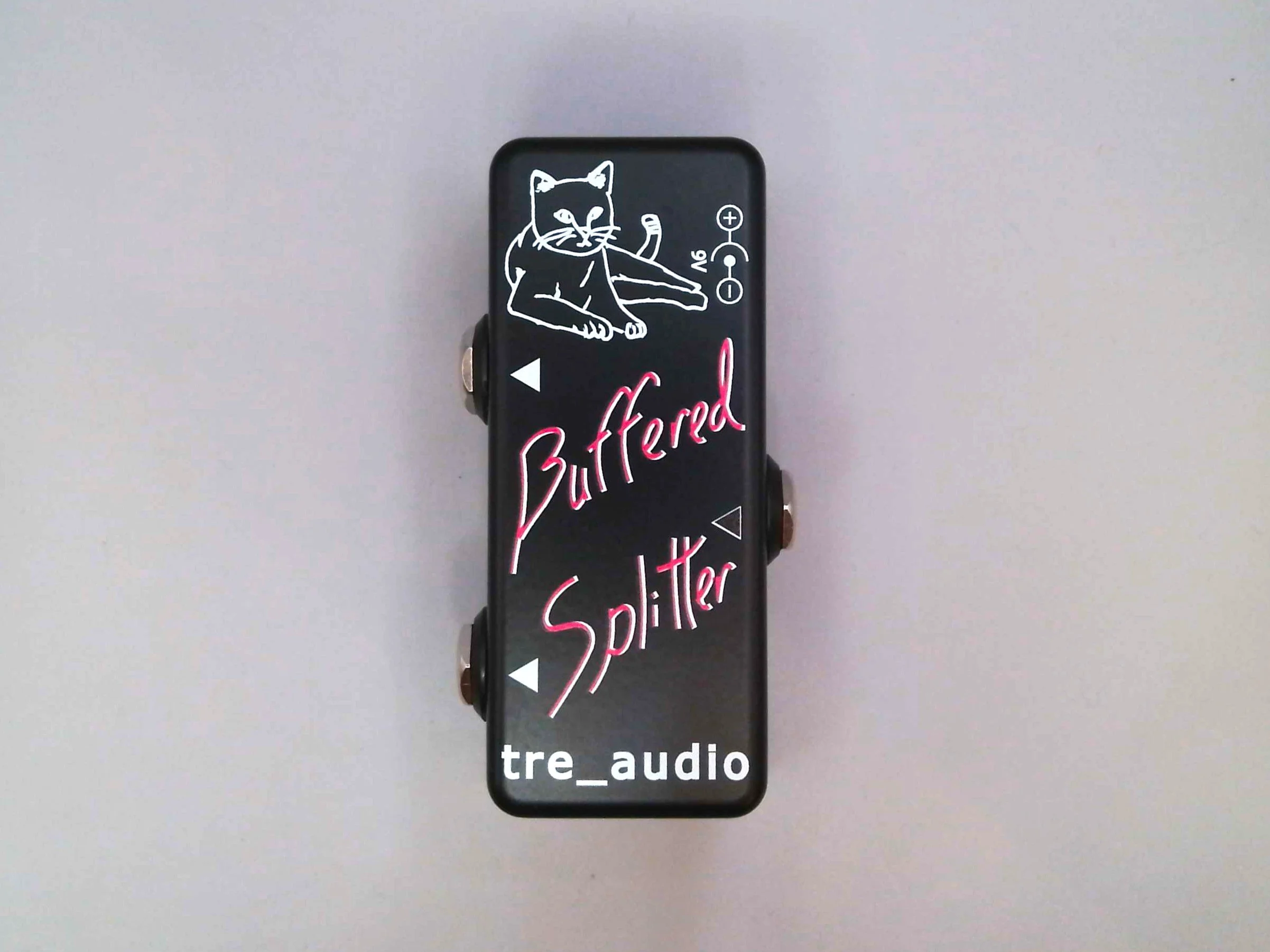What is a Buffer Pedal, How Does It Work, and When Should You Use One?
Introduction
If you're a guitarist with a growing pedalboard, you may have heard the term "buffer" tossed around. You might also have noticed that sometimes your tone changes as you add more pedals or use longer cables. This is where a buffer pedal comes in. But what exactly does it do, and when should you use one? Let's dive in.
What is a Buffer Pedal?
A buffer pedal is a utility pedal that helps maintain your guitar's signal strength over long cable runs or through multiple pedals. It ensures your tone remains crisp and clear, especially when dealing with high-impedance signals, which can become dull and weak as they travel through your gear.
In simpler terms, a buffer prevents signal loss (also called "tone suck") by converting your guitar’s high-impedance signal to a low-impedance one, allowing it to travel through your effects chain and cables without losing clarity or high-end frequencies.
How Does a Buffer Pedal Work?
To understand how a buffer pedal works, let’s first look at what happens without one.
Your guitar's pickups generate a high-impedance signal, which is sensitive to resistance and capacitance in cables. When you use long cables or chain together multiple pedals, this high-impedance signal gets weaker, leading to noticeable tone loss, particularly in your higher frequencies (a dull or "muddy" sound).
A buffer pedal solves this by converting the high-impedance signal into a low-impedance signal. Low-impedance signals are less affected by the resistance and capacitance in your cables, allowing your guitar tone to retain its full range of frequencies.
Here’s how it works:
Input Stage: The buffer takes in the high-impedance signal from your guitar.
Conversion: Inside the buffer, the signal is converted to low-impedance.
Output Stage: The low-impedance signal is then sent out to your pedals or amp, where it can travel without losing clarity or volume.
A good buffer pedal won’t alter your tone—it simply preserves it.
When Should You Use a Buffer Pedal?
Not every rig needs a buffer pedal, but if you're noticing tone loss, it might be time to add one to your setup. Here are some situations where a buffer can be especially useful:
1. Long Cable Runs:
If you're using cables longer than 20 feet between your guitar and amp, or between your pedals and amp, a buffer can help prevent the high-frequency loss that occurs with longer cables. It ensures your guitar signal stays strong, even over distance.
2. Large Pedalboards:
If you have a lot of pedals in your signal chain, especially true-bypass pedals, the cumulative resistance of the cable runs and pedal connections can start to degrade your signal. A buffer pedal placed at the start of your chain (and sometimes at the end) can keep your tone intact.
3. True Bypass Pedals:
While true bypass pedals are great for keeping your tone "pure" when the pedal is off, they still add resistance to your signal when combined with many other true bypass pedals. A buffer placed before or after a chain of true bypass pedals will prevent signal degradation.
4. After Passive Pickups:
If you're using passive pickups (the most common type found in electric guitars), a buffer is useful. Passive pickups are high-impedance and are more prone to signal loss as they travel through long cables or complex pedalboards.
Where to Place a Buffer Pedal in Your Signal Chain?
Most guitarists place a buffer pedal at the start of their signal chain to ensure that their guitar signal remains strong and consistent throughout the effects. This is especially important if you have many true-bypass pedals or are using long cables between your guitar and your pedals.
Some players also like to add a second buffer at the end of their chain to maintain signal strength between the pedals and the amp. This is known as the "start and end buffer" method and ensures your signal remains clear all the way to the amplifier.
Buffer vs. True Bypass: Do You Need Both?
A lot of confusion arises when people discuss buffers in relation to true bypass pedals. True bypass pedals are designed to completely disengage the circuit when they are off, allowing the signal to flow freely through the pedal. While this is useful for avoiding unwanted tone coloration from the pedal’s circuit, it doesn't prevent signal loss due to cable length or multiple pedal connections.
This is where a buffer comes in. You can (and often should) have both true bypass pedals and a buffer in your rig. True bypass preserves your tone when the pedal is off, and the buffer ensures that the signal stays strong as it travels through your chain.
Conclusion: Why a Buffer Pedal is Essential for Many Guitarists
If you notice that your tone becomes duller or weaker with a long cable or a large pedalboard, a buffer pedal can make a world of difference. It preserves your guitar’s natural tone by maintaining the signal’s strength as it passes through your gear. For any guitarist looking to ensure that their sound remains crisp and clear, especially over long cable runs or complex setups, a buffer is an essential tool.
The Buffered Splitter takes one 1/4” mono input and splits it out to two separate 1/4” mono outputs, each with its own buffer. Perfect for connecting a guitar to two amps or for adding a buffer anywhere in your signal chain to increase the strength of the signal.

